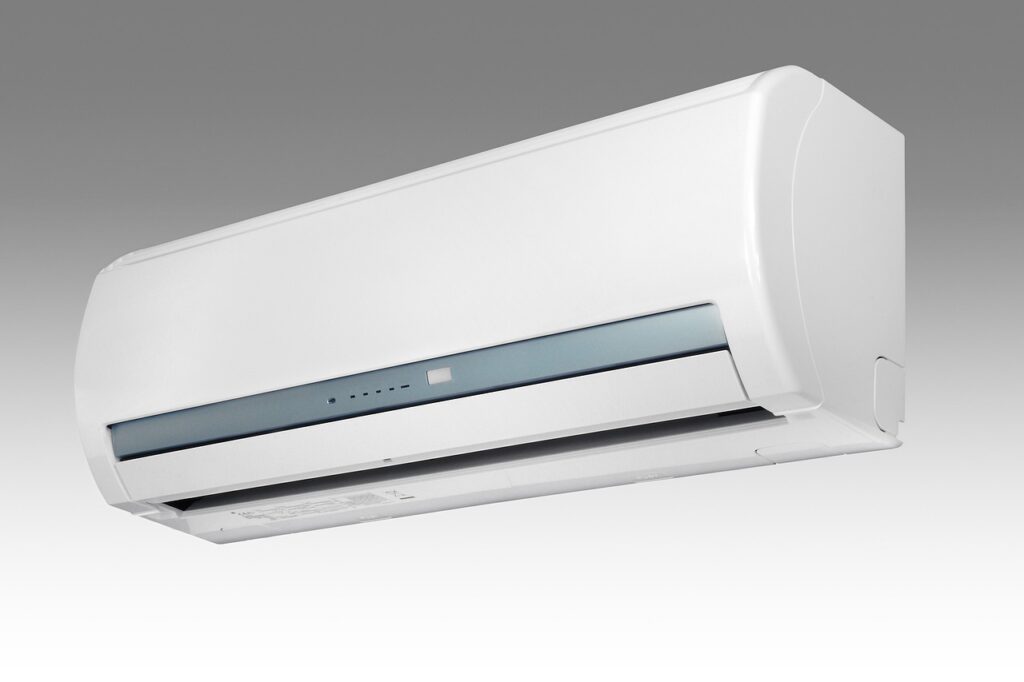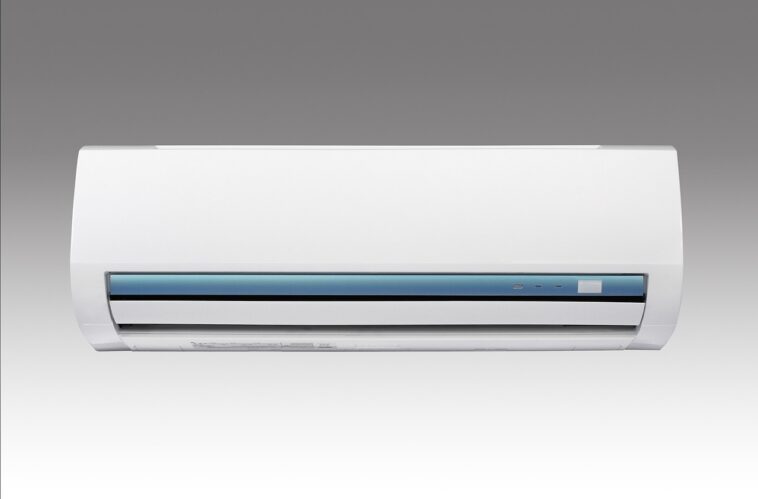Picture this: it’s a scorching summer day, and while you prefer the living room to be as cool as a cucumber, your better half, working from home, is snuggled up in a thick sweater to escape the chilly air.
Meanwhile, your children, playing upstairs where the sun beats down all afternoon, complain about the heat, oblivious to the air conditioning running full blast downstairs.
This daily temperature tug-of-war is driving you all crazy—not to mention the inefficiencies and skyrocketing energy bills that come with it.
Enter our story’s hero, multi-zone air conditioning systems. It promises to end the constant thermostat battles by allowing different areas—or “zones”—in the home to be cooled at different temperatures.
This article will show you how multi-zone air conditioning systems can significantly enhance the comfort and efficiency of your home. We’ll explore what multi-zone air conditioning is, how it works, and why it might just be the game-changer you need to ensure that everyone in your household can enjoy their ideal environment.
What is Multi-Zone Air Conditioning?
Unlike traditional air conditioning systems, which typically cool an entire home to a single, pre-set temperature, multi-zone systems allow for customised temperature settings in different rooms or zones.
This means each area can have its own climate control, which is adjustable independently of the others.
The key difference between multi-zone and traditional systems lies in this flexibility. Traditional systems operate on an “all-or-nothing” basis, cooling every room to the same temperature regardless of individual preferences or the specific needs of each space.
On the other hand, multi-zone systems use a network of thermostats and duct dampers (or multiple indoor units in ductless models) to direct cooled air where it is needed the most and reduce it where it isn’t.
This not only ensures personalised comfort but also enhances overall energy efficiency, as it prevents the wasteful cooling of unoccupied or less frequented areas.

Benefits of Multi-Zone Air Conditioning Systems
Individual Comfort Control
- Each zone in your home can be cooled or heated independently through its own thermostat. This means that each room or area can have its temperature adjusted to suit the preferences of those using it.
- For example, you can keep the kitchen cool while cooking, and the bedroom can be kept at a warmer temperature.
- This personalised control eliminates the common household conflicts over thermostat settings.
Energy Efficiency
- By allowing homeowners to cool only the spaces that are occupied, these systems significantly reduce unnecessary energy consumption.
- For instance, during the day, you can choose to cool only the living room and kitchen, where the family gathers, while keeping the upstairs zones off.
- At night, you can only cool the bedrooms. This targeted cooling approach means the system does not expend energy cooling unoccupied areas, which leads to lower energy bills.
Longevity and Maintenance
- By reducing the overall operational demands on the system—since not all parts are in continuous use—there is less wear and tear on the components.
- This selective usage helps in maintaining the system in better condition over a longer period, potentially reducing the frequency and cost of repairs.
- Additionally, regular maintenance can be more manageable and less frequent because the system isn’t always running at full capacity.
Maintenance Tips for Multi-Zone Systems
Here are some maintenance tips to ensure your system remains in top condition:
Regular Inspections
- Schedule regular professional inspections of your multi-zone system at least once a year.
- These timely inspections can help catch issues before they turn into major problems.
Cleaning Coils and Components
- Over time, the coils in your air conditioning unit can accumulate dust and debris, which can insulate the coils and reduce their efficiency.
- Annually, ensure that both the evaporator and condenser coils are cleaned.
- Also, clear any debris from around the outdoor unit and ensure that there is no foliage obstructing airflow.
Checking Dampers
- In a multi-zone system, the dampers control the amount of air flowing to each zone.
- These should be checked periodically to ensure they are functioning correctly. If a zone is not maintaining its set temperature, faulty dampers could be the cause.
- A professional can help adjust and lubricate these dampers during regular maintenance visits to ensure they operate smoothly.
Thermostat Calibration
- Lastly, calibrating the thermostats for each zone is key to ensuring they accurately measure and control the temperature.
- This can sometimes be overlooked but is essential for maintaining comfort and efficiency.
- If thermostats are misreading temperatures, it could lead to excessive cooling or heating, impacting both comfort and energy costs.
How To Choose the Right Air Conditioning Systems Installer?
An experienced installer will make sure that your air conditioning system is installed correctly, operates efficiently, and lasts for years.
Here are some tips for finding and selecting the best air con installer:
1. Look for Certifications and Licensing
Make sure that any installer you consider is fully licensed and certified. In many regions, air con installers are required to have specific certifications that demonstrate their competency in the field.
2. Check Reviews and References
Research potential contractors by reading online reviews and asking for references. Don’t hesitate to contact references directly to ask about their experiences, particularly regarding the installation and maintenance of multi-zone systems.
3. Experience with Multi-Zone Systems
Not all installers have extensive experience with multi-zone air conditioning systems. Choosing a contractor with a proven track record with these systems is important. Ask about their specific experience with multi-zone technology and request case studies or examples of previous installations.
4. Consider Their Assessment and Quotation Process
A trustworthy installer will thoroughly assess your home before providing a quote. They should consider the size of your house, the number of zones required, and any unique challenges your installation might present. Be careful of contractors who offer a quote without a detailed home evaluation.
5. After-Sales Support and Warranty
Consider the level of after-sales support offered by the contractor. Good contractors will provide warranties on both the equipment and their labour. Additionally, check if they offer ongoing maintenance services, which are crucial for keeping your system in top condition over the years.
6. Compare Quotes
Acquire quotes from more than one contractor to compare prices and service offerings. However, remember that the cheapest option is not always the best. Weigh each proposal’s cost against the contractor’s credentials, reviews, and the thoroughness of their assessment.
Final Words
As we’ve explored the capabilities and benefits of multi-zone air conditioning systems, it’s clear that this technology is handmade for personalised comfort within your home.
Contact a professional air conditioning systems installer who specialises in multi-zone systems for a personalised assessment. They can help you evaluate your home’s needs and suggest the best solutions.
Reach out today and take the first step towards a more comfortable and efficient home.





